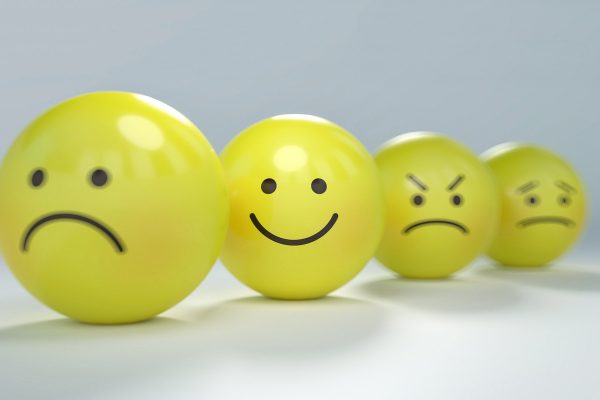The Main Emotions of the Human Being

Let’s analyze in detail these “atavistic” characteristics of our animal instinct
What are Emotions?
The word “Emotion” comes from the Latin “e-moveo”, which literally means “to move towards”, or “feel a push towards something” and, recalling the definition provided by the Oxford English Dictionary, refers to “any agitation or disturbance of the mind, feeling, passion or violent or excited state of mind ”. In summary, Emotions can be linked to “mental and physiological states, associated with psychological modifications, internal or external stimuli, natural or learned” which cause as a consequence “an instinctive tendency to act”.
The “Rational” Mind and the “Emotional” Mind
American writer Dale Carnegie argued that “when we deal with people, we remember that we are not dealing with people with logic. We are dealing with creatures with emotions ”. And this is really true!
In fact, the human being has two different types of “minds”: one of the “rational” type and the other of the “emotional” type. The first relates to “understanding” and makes us “conscious” in receiving external information, in reflecting on the choices to be adopted and in weighing the consequences of our actions from a logical point of view. The second, on the other hand, represents an “impulsive”, “powerful” and often “illogical” system of knowledge that makes us act more quickly than the first because, through it, the perception of things is more simplified and less analytical.
The Main Emotions of the Human Being
Even if there are hundreds of emotions and myriads of nuances and mixtures between them, we can say that the main emotions, attributable to the facial expressions of every human culture, are represented by:
- Surprise: it can be visually represented with raised and arched eyebrows, wide eyes and lower jaw released with consequent opening of the mouth (“gape”).
- Fear: can be represented through facial expressions with the raised eyebrows approaching, the eyes wide open, while the lips are stretched backwards.
- Anger/Wrath: The face expressing this emotion shows the eyebrows lowered and set close together, the lids tightened with the eyes staring hard and the mouth appears tightened.
- Disgust: this emotion occurs mainly in the nose, which is curled up and in the lower lip that moves forward, while the eyebrows are normally lowered, narrowing the eyes.
- Sadness: when this is deep you can notice the lower eyelid that is raised, while the gaze remains lowered and the corners of the mouth tend to bend downwards.
- Happiness: this last emotion can be represented in many ways but, at the level of facial expressions, we always observe a smile with lips together, or slightly open (which reveal the teeth) or with an open mouth!
